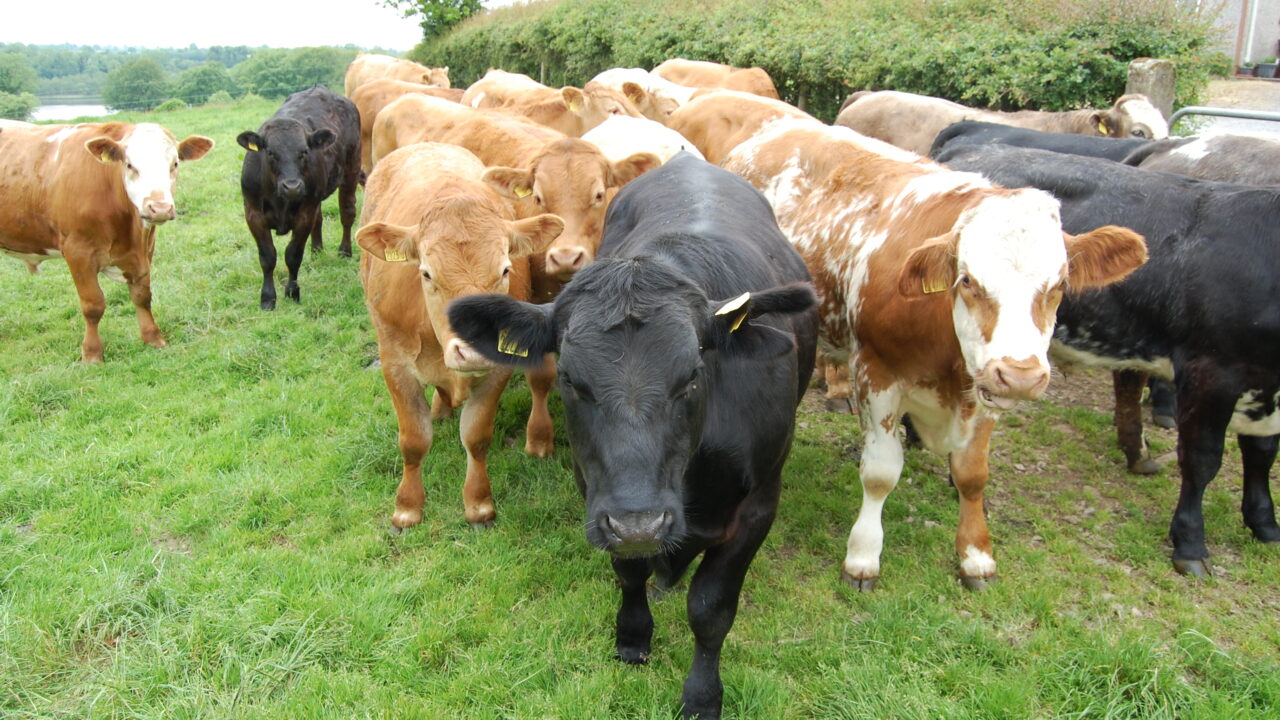Some pedigree cattle breeders are overfeeding young bulls to the detriment of the animals’ subsequent fertility, according to Galway veterinarian Conor Geraghty.
“Young bulls submitted for sale with a fat cover greater than 4.5 may be sub fertile,” he said.
“Under such circumstances the bulls will have excessive fat levels in the scrotum, which will lead to increased temperatures of the testes. This, in turn, reduces testicular function.”
Geraghty confirmed that fat levels will come back to more normal values as bulls start covering females.
“But it could take a minimum of six weeks, and even months, for their fertility levels to come back to normal. In the meantime, herd breeding programmes could be badly affected,” he said.
Geraghty was one of 40 Irish veterinarians who attended a recent Bull Fertility Masterclass in Dublin, given by international fertility specialist Professor Al Barth. The event was organised XL Vets.
Geraghty said that bull fertility examinations which do not include semen morphology assessments may well miss a large number of sub or infertile bulls.
“Approximately 80% of the breeding bulls in this country are fully fertile. That leaves the other 20%, where problems can arise.
“Pre-sale semen tests may not include a detailed analysis of semen morphology. Simply number counting sperm is not sufficient to determine a bull’s breeding potential.
“If there are anomalies with the shape and size of an individual bull’s sperms than they may not be able to successfully fertilise an egg.
“I strongly advise that farmers should have their bull’s semen tested prior to the start of each breeding season.
“In our own case we sperm test 100 bulls annually. And this includes a detailed microscopic examination of sperm structure.
Geraghty confirmed that frozen semen evaluation is important.
“Problems with semen quality can have a detrimental effect on the six week in-calf rate,” he said
“While quality control in Irish AI companies is stringent, the increase in imported semen and home collection of bulls leave farmers open to increased risk.”
